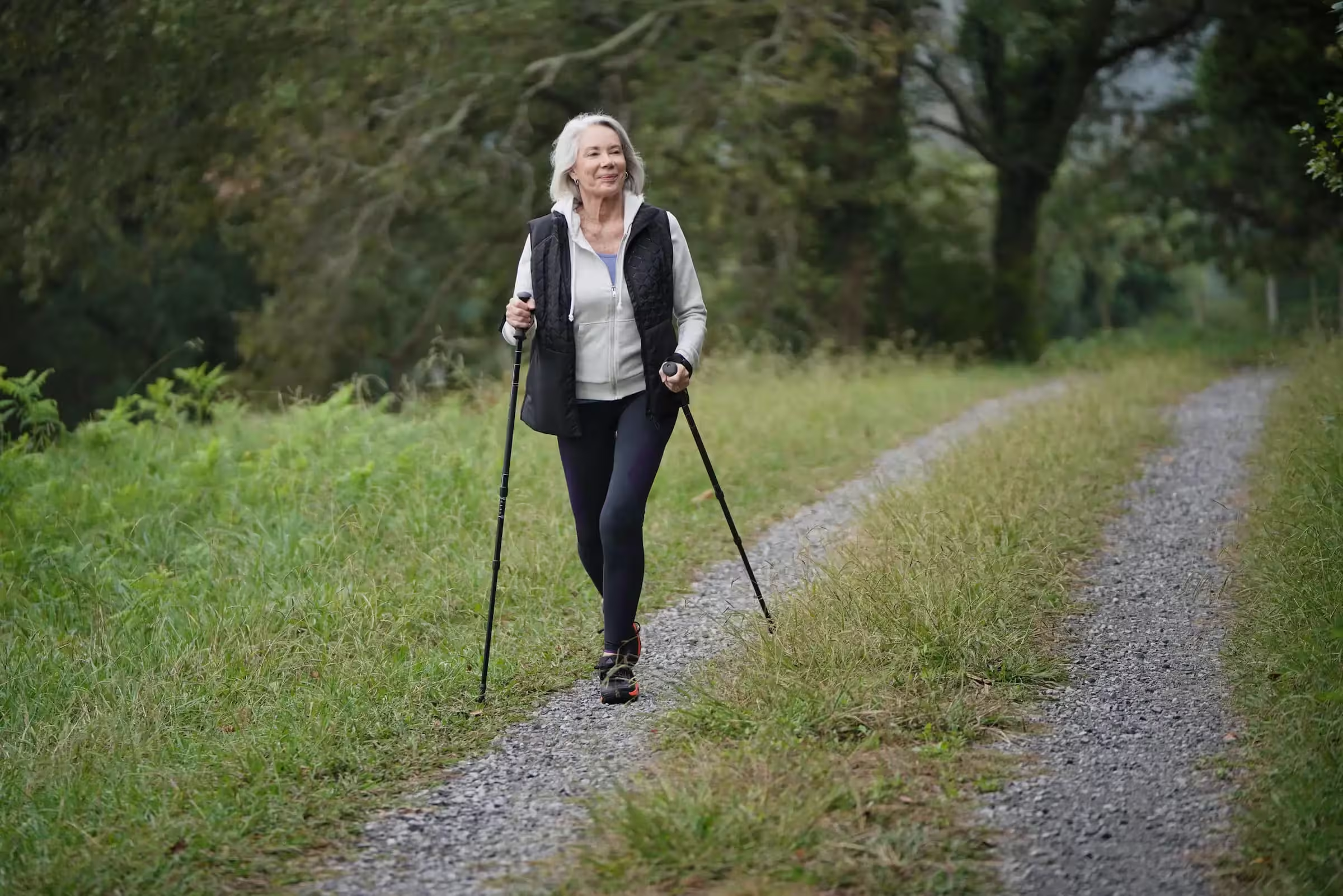The Power of Protein in Aging Well: Insights From Modern Science
Healthy aging is not just about adding years to life — it’s about adding life to those years. One of the simplest, most overlooked strategies for staying strong, independent, and vibrant as we age is getting enough high-quality protein each day.
While protein is important at every stage of life, it becomes especially essential in older adulthood. Decades of research show that sufficient protein intake supports muscle strength, mobility, balance, metabolism, and even cognitive resilience. Yet many older adults unknowingly consume far less than their bodies actually need.
This article breaks down why protein needs rise as we age — and how small nutrition shifts can make a meaningful difference in energy, strength, and long-term wellbeing.
Why Protein Matters More as We Age
1. Protecting Against Muscle Loss
Beginning in our 40s and accelerating in our 60s and beyond, we naturally lose muscle mass through a process called sarcopenia. Muscle is more than strength — it is critical for stability, metabolism, joint protection, balance, and the ability to stay active and independent.
Getting enough protein helps slow this process and, when paired with movement, can even help rebuild strength.
2. Overcoming Anabolic Resistance
One of the most important—and least discussed—changes that happens with age is something called anabolic resistance. This refers to the body’s reduced ability to turn dietary protein into new muscle tissue. In younger adults, even a modest amount of protein can effectively trigger muscle protein synthesis—the cellular process that repairs and builds muscle.
As we get older, however, the muscles become less responsive to that signal. In other words, the same amount of protein that once supported muscle maintenance no longer has the same effect. Thus, older adults must consume more protein per meal to achieve the same muscle-building response younger adults get with less.
This is a normal and expected physiological shift, but it has real consequences for strength, mobility, and long-term independence.
Why Does Anabolic Resistance Occur?
Researchers have identified several reasons why this diminished responsiveness develops with age:
• Lower levels of physical activity, especially resistance training, reduce the body’s ability to use protein effectively.
• Digestive efficiency declines slightly, meaning fewer amino acids reach the muscles.
• Cellular signaling pathways, such as mTOR—which triggers muscle building—become less responsive with age.
• Chronic low-grade inflammation, sometimes called “inflammaging,” interferes with muscle repair.
• Shifts in hormones like estrogen, testosterone, and growth hormone reduce muscle-building signals.
3. Supporting Metabolism, Bones & Immune Function
Protein does far more than build muscle. It also supports:
• Bone density
• Immune health
• Recovery from illness or injury
• Stable blood sugar and metabolic balance
• Hormone production
For older adults, these benefits play an even more important role in staying resilient and maintaining independence.
How Much Protein Should Older Adults Consume?
For decades, the recommended dietary allowance (RDA) for protein was set at 0.8 grams per kilogram of body weight — an amount that research now suggests may be too low for aging individuals.
Today, longevity experts such as Dr. Peter Attia and Dr. Gabrielle Lyon point to these ranges for older adults:
• 1.2–1.6 grams of protein per kilogram per day (more for those who are active)
• 30–40 grams of protein per meal to help overcome anabolic resistance
• Evenly distributed protein across breakfast, lunch, and dinner
What Does “High-Quality Protein” Mean?
Not all protein is absorbed equally. Older adults benefit most from foods rich in essential amino acids, especially leucine, which stimulates muscle repair.
Excellent choices include:
• Fish and seafood
• Poultry and lean meats
• Eggs
• Greek yogurt and cottage cheese
• Beans, lentils, quinoa, tofu, and tempeh
• Whey or plant-based protein powders for convenience
Protein + Movement: A Powerful Combination
Protein is most effective when paired with regular strength-building movement — even light or moderate forms such as resistance bands, body-weight exercises, light weights, and stability and functional movement classes
This synergy enhances mobility, improves balance, reduces fall risk, and supports overall vitality. Protein alone is not enough.
Simple Ways to Boost Protein Intake
Here are resident-friendly ways to ensure you’re getting enough:
• Start the day with eggs, Greek yogurt, or a protein smoothie
• Choose seafood or lean poultry at lunch and dinner
• Add beans or lentils to soups and salads
• Enjoy cottage cheese or edamame as snacks
• Balance plant-based meals with tofu, tempeh, or quinoa
• Aim for 30–40 grams of protein at each meal
Small changes, made consistently, can have a profound impact on strength and healthspan.
A Caveat for Kidney Health
For most healthy older adults, higher protein intake is safe and beneficial. Those with kidney disease should speak with their physician before increasing protein, but for the vast majority of seniors, research supports increasing protein as a protective measure for muscle and overall health.
Conclusion
As we age, maintaining strength, mobility, and metabolic health becomes increasingly essential—and protein plays a central role in that process. Research shows that older adults often need more protein than the traditional RDA of 0.8 grams per kilogram of body weight, with optimal intake typically ranging from 1.2 to 1.6 grams per kilogram per day, distributed evenly across meals. Because the body becomes less responsive to protein over time, this higher intake is critical to support muscle repair and growth. Pairing adequate protein with regular strength-focused movement is the most effective way to overcome anabolic resistance, protect against muscle loss, and sustain long-term vitality. These habits not only support physical resilience but also help safeguard balance, independence, and overall quality of life.


.svg)









